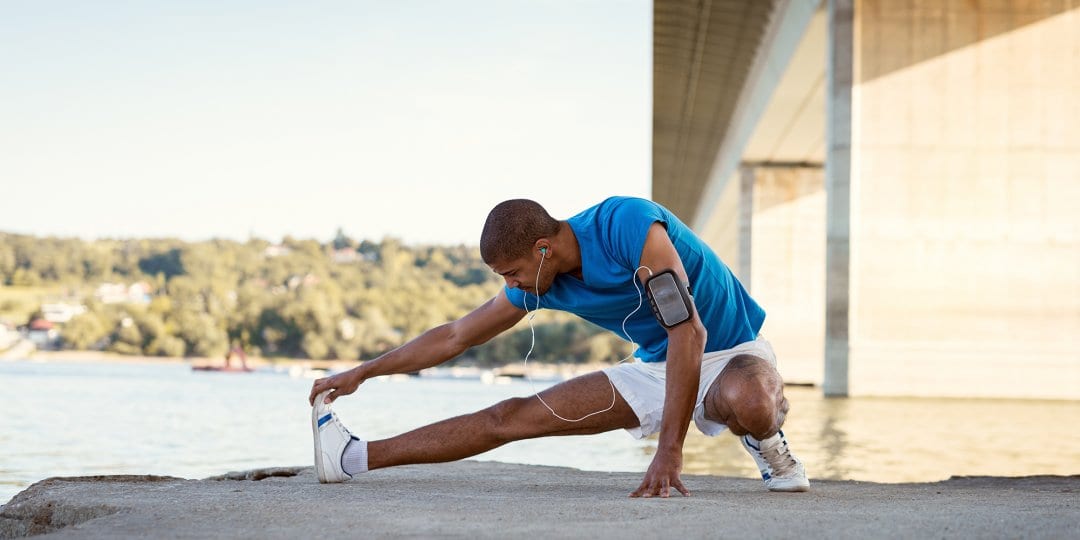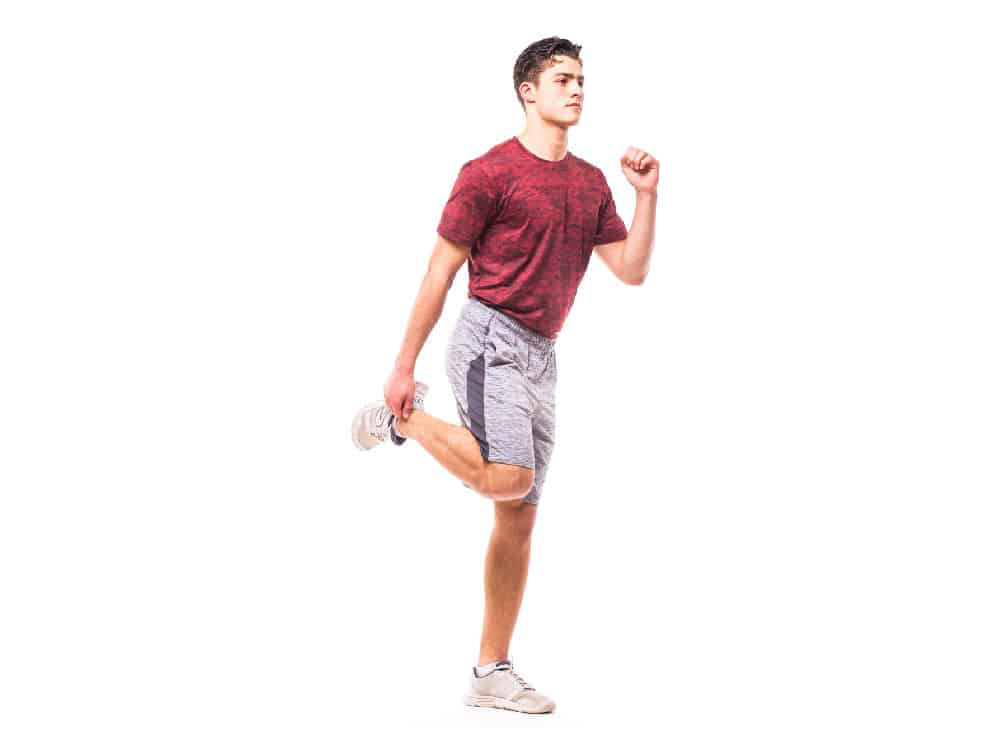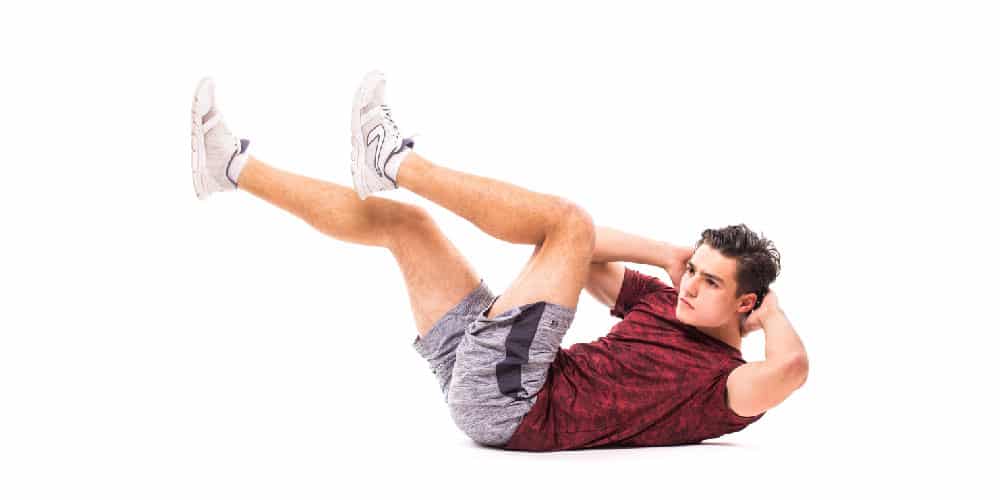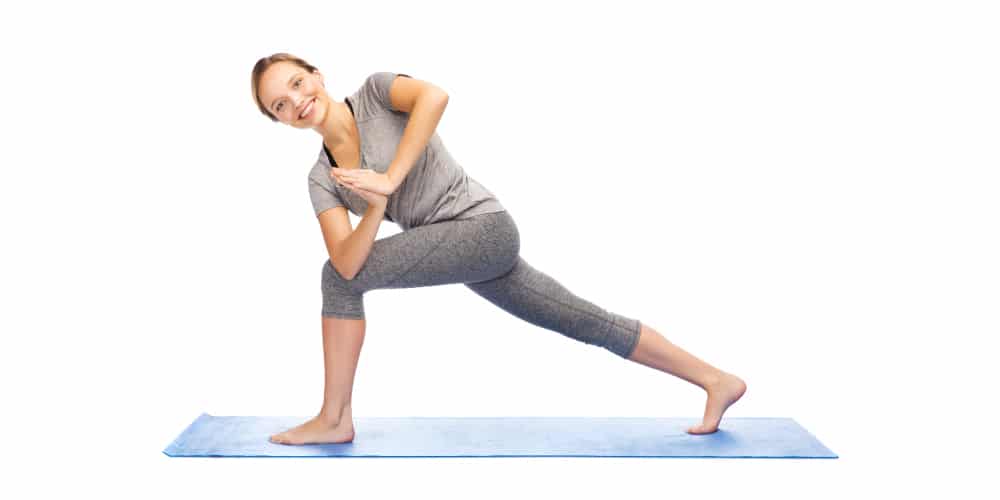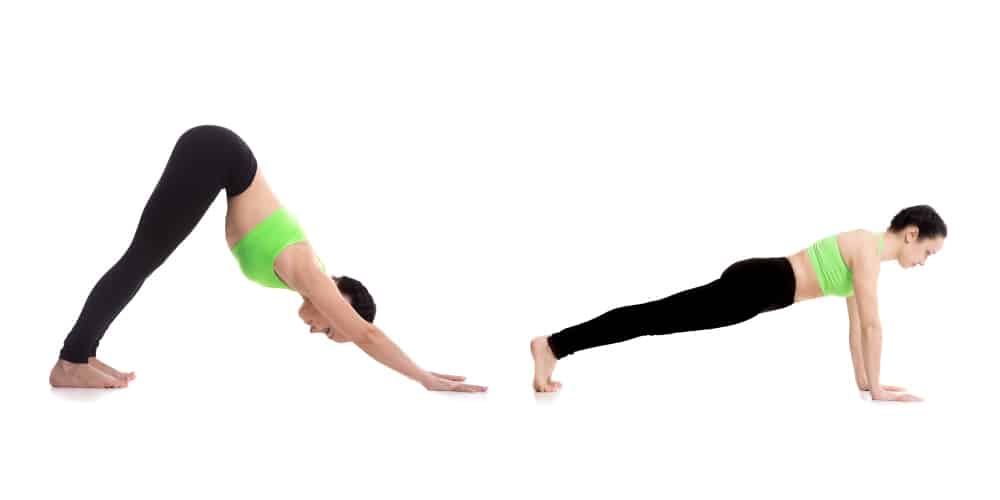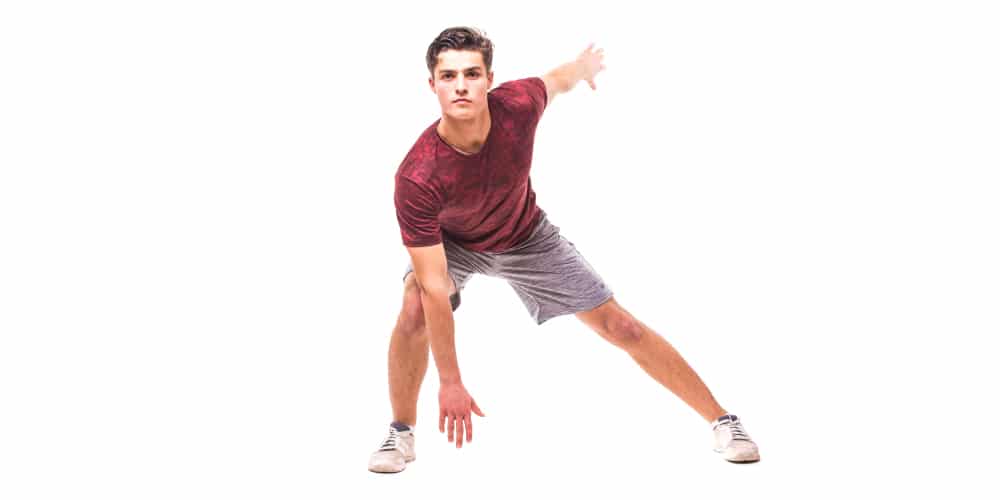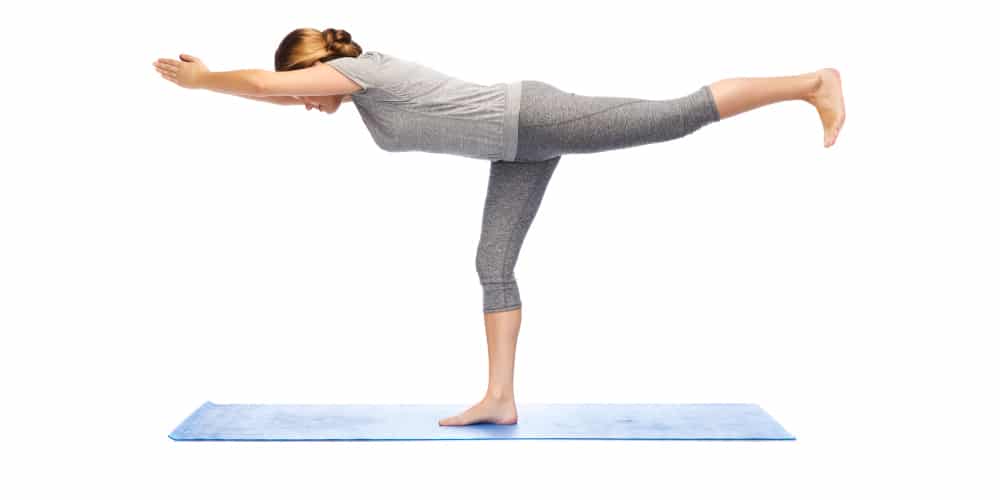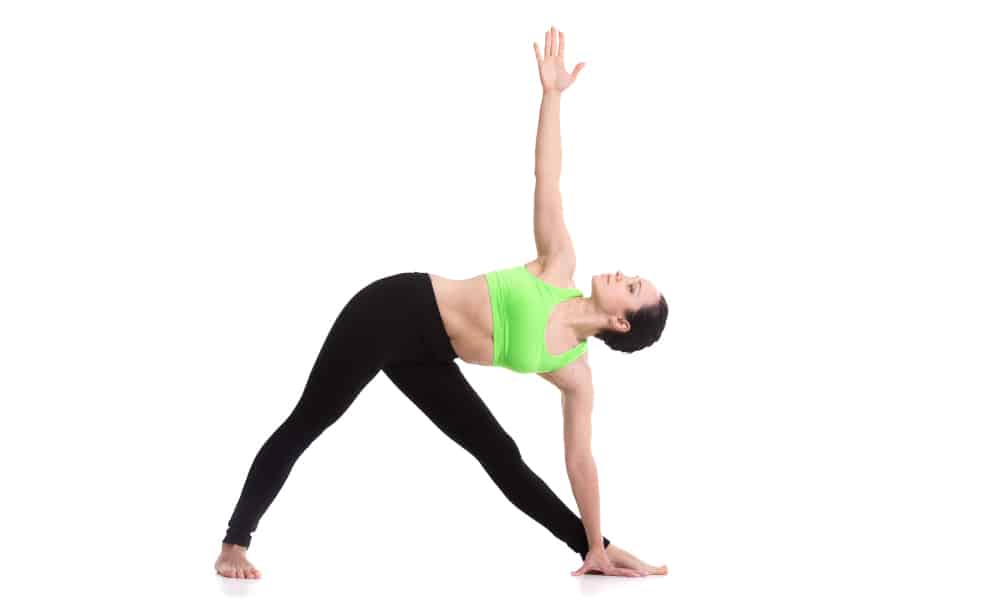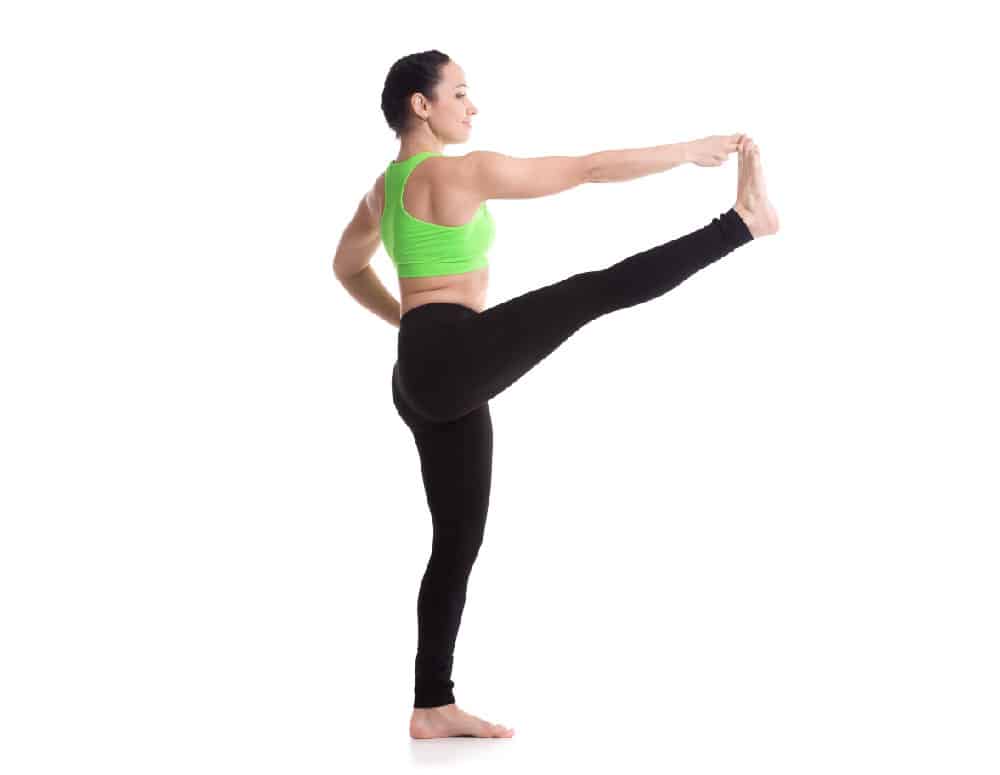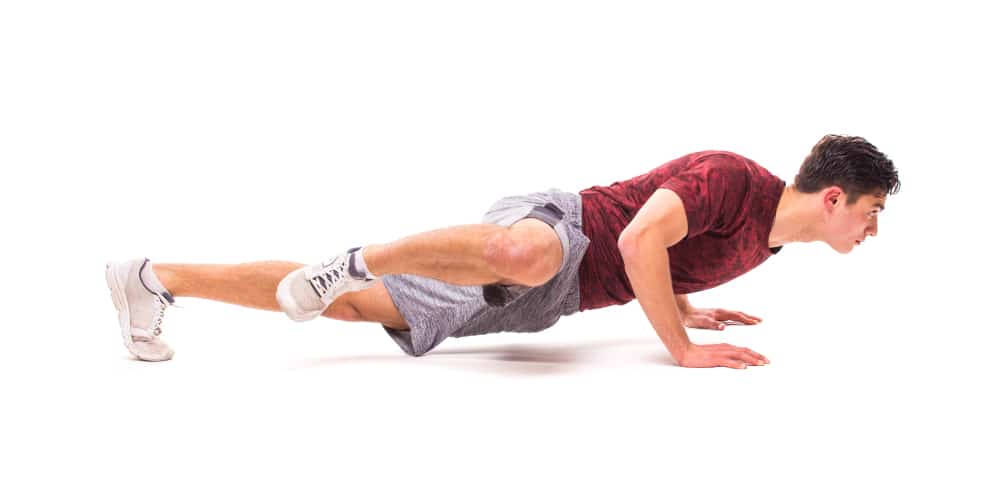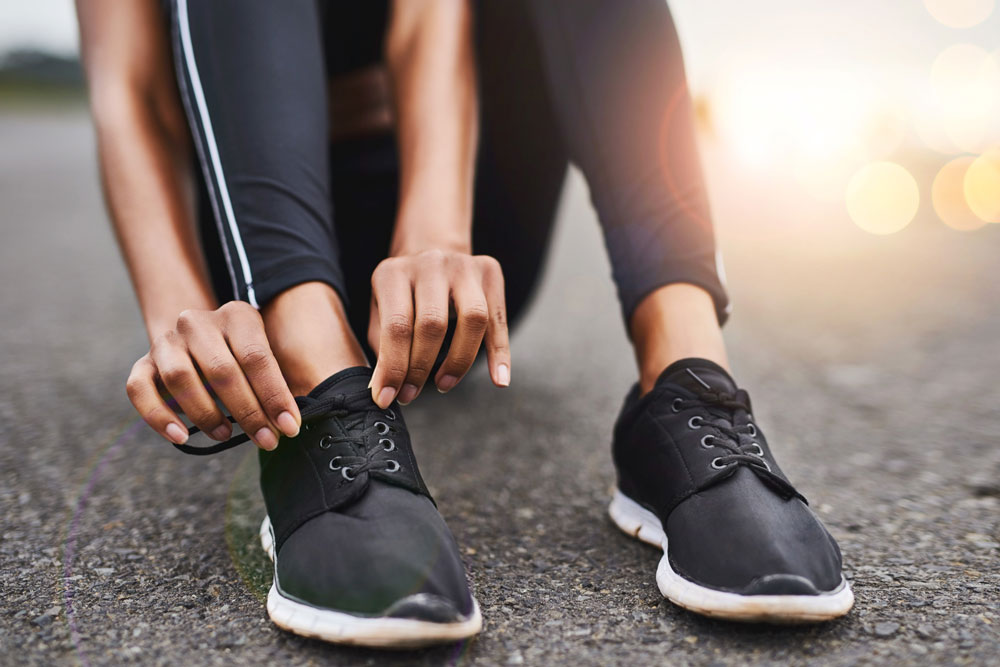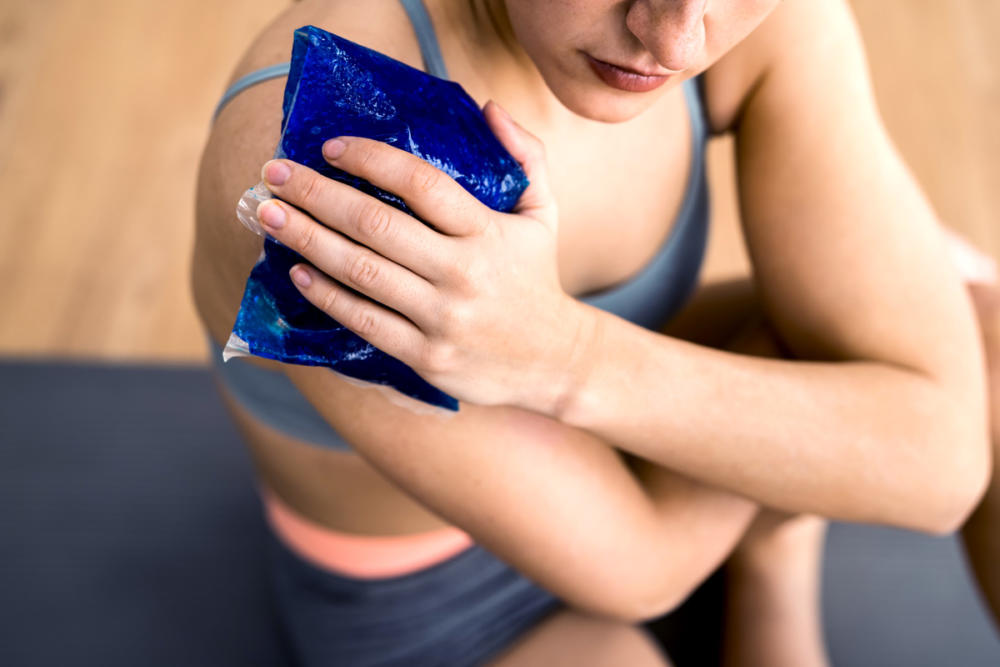A dynamic warm-up can help safeguard you against injury. It’s difficult to achieve your fitness goals when you’re completing injury rehabilitation for an injury that could have been easily prevented. Typically, warm-ups are overlooked due to time constraints or lack of understanding about the importance of this step. Both stretching and warm-ups are beneficial prior to activity, not only for performance but also in injury prevention.
What is a Dynamic Warm-Up?
A dynamic warm-up is a sequential series of movements performed prior to physical activity. It aims to increase blood flow to the muscles, increase functional mobility, and maximize the available flexibility of the entire body prior to exercises. As you can probably gather from the definition, a dynamic warm-up isn’t just riding the stationary bike or jogging for a few minutes and then static stretching off in the corner of the gym.
Static vs. Dynamic Stretching
Static stretching involves holding a muscle and joint in a stretch for a longer period, typically a minimum of 20-30 seconds, without bouncing in and out of the position. This type of stretching effectively increases the range of motion and reduces muscular tension. It is best done after exercise to help mitigate the risk of injury. In fact, it’s important to note that a dynamic warm-up is considered the safest method to prepare your body before engaging in exercise.
Guidelines for Dynamic Warm-Ups
There are some general guidelines for each dynamic warm-up that should be followed in order to maximize your time and effort.
1. Perform Prior to Exercise
Dynamic warm-ups are essential to any effective pre-exercise routine, helping prepare your body for physical activity by increasing blood flow, loosening muscles, and enhancing your range of motion.
2. Gradually Increase Intensity.
Start at a moderate pace with an emphasis on slow progression into the available range of motion; don’t try to stretch as far as you can right away. Allow the body to “warm up,” letting the muscle generate heat, become oxygenated, and, in turn, become ready for a full range of motion and speed. Dynamic stretching is held for only 2-5 seconds and targets multiple muscle groups and numerous motions at the same time.
As far as the order of activities in the dynamic warm-up, they should be sequential and progressive. This means that the least invasive activities are performed first, slowly building up, activity by activity, to an ending with more explosive, higher-impact, or nearly-full-intensity warm-up activities. Examples of the warm-up exercises that should be performed last in your warm-up include high knee runs, full golf swings, and short-distance sprinting.
3. Warm-up For 5 to 15 Minutes
A dynamic warm-up isn’t meant to be an hour-long workout but should be emphasized. Depending on the activity you are preparing for and your level of fitness, the time can vary based on the number of activities in the dynamic warm-up. Typically, the warm-up should only be 5-15 minutes and be performed no more than 15 minutes prior to starting physical activity.
Focus on full body movement with multiple muscle groups being emphasized at once. For example, don’t only do a walking lunge; add a rotation of the upper torso over the front leg or a side bend.
4. Include Sport-Specific Movements
If you’re engaging in a sport or activity with unique demands, include sport-specific movements in your dynamic warm-up. If you are preparing for your weekly round of golf, your warm-up will most likely not be exactly the same as the collegiate track and field athlete, nor will a basketball player need the same warm-up as someone preparing for baseball/softball. There are similarities and actions that will be the same, but different muscles and movements need to be emphasized for each activity, so each warm-up is slightly different.
5. Listen to Your Body
Pay attention to how your body feels during the warm-up. Modify the movement or skip it if you experience any pain or discomfort. It’s crucial not to push through pain. When utilizing a dynamic warm-up, your age, health, and other functional limitations should also be considered.
As we age, the elasticity of our muscles and overall flexibility decreases naturally. This progression can be slowed down slightly but not completely prevented. Thus, this should be considered when performing activities, especially stretching and performing a dynamic warm-up. It took a long time to develop the muscle tightness and restrictions, and it won’t come back in a day — so please don’t push too hard with any kind of stretching.
How Does Dynamic Stretching Prevent Injury?
When done properly, a dynamic warm-up helps the whole body prepare for the activity and helps avoid adding to these statistics:
- Injuries to skeletal muscle represent upwards of 30% of patients in sports medicine clinics.
- In a 2011-2014 sports- and recreation-related injury study, 4% of the injury diagnoses involved strains and sprains.
- According to the CDC, estimates suggest that more than half of all sports injuries in children are preventable.
A dynamic warm-up aims to raise body and muscle temperature, enhance oxygen flow throughout the extremities, and achieve optimal muscle length before engaging in physical activity. For instance, just like a frozen rubber band is more likely to break when stretched to its maximum without first returning it to room temperature, attempting to stretch a muscle to its full length or engaging in high-speed activities without proper warm-up increases the risk of injury and can diminish performance.
Dynamic Warm-Up Exercises
Below is a sample of a dynamic warm-up that we teach to our patients at Foothills Sports Medicine Physical Therapy. This suggested workout hasn’t considered your specific ailment or medical history. Please note that exercises are prescribed based on the individual. Not all pain and conditions are created equally. There may be other exercises for your specific case. Therefore, we encourage you to consult a physical therapist to determine the best care plan for your needs.
Avoid holding a stretch for an extended duration, and switch legs as you move forward until you’ve completed a full 10 yards for each exercise.
Knee-to-Chest Stretch
- Standing straight, pull one knee to your chest, wrapping your hands around the knee to help pull it up.
- As you’re raising the knee, lift onto your toes into a calf raise on the standing leg.
- Be sure to keep your chest up without leaning backward. A stretch should be felt in the buttocks of the limb being brought to your chest and possibly the front of the hip for the standing leg.
Heel-to-Butt Stretch
- While standing straight, heel-toe your legs close together.
- Pull your left heel towards your buttocks, using your left hand to help you do so. As you bring the heel towards the buttocks, press onto the toes of the standing leg and reach upwards towards the sky with your free arm.
- Be sure to keep your chest up and your pelvis/front of your hips forward to keep your back straight. You should feel a stretch in the front of your left thigh (quadriceps) and possibly in the front of your left hip.
Knee-to-Opposite Shoulder (Piriformis Stretching)
- Standing straight, draw your left foot up, using your left hand to hold your knee and your right hand to hold your shin.
- Slowly pull the knee and the shin simultaneously towards your right shoulder.
- Keep your torso/chest up, and don’t lean backward. You will feel this stretch your left buttocks.
Lunge & Reach
- Step your right leg forward into a lunge and keep your chest and torso straight so you’re not leaning forward. You can either bring your left knee down to the ground or let it hover just above the ground.
- Reach your left arm straight up and slightly over to the right so your hand is over your head. You will feel this stretch in the front of the left hip and possibly on the left side of the torso.
- Additionally, think about gently tucking your tailbone under your hips so you slightly decrease the curve in your lower back.
Lunge & Twist
- Perform the same lunge as the “lunge and reach,” but twist your torso slowly toward the front leg instead of reaching overhead. You may feel this stretch in front of the down hip and in the torso on the same side.
Inchworms
- Starting in a push-up position, keep your hands in a fixed position while walking your feet toward your hands.
- Keep your legs straight and attempt to drive your heels into the floor. You should feel this stretch in the back of your legs and calves but not in your lower back.
- Keep your lower back flat, and stop performing the stretch if you feel any pain.
Side lunge
- Begin by standing straight, then take one large step wide sideways, ensuring both feet point straight ahead.
- Bend one knee and shift your weight onto the bent leg while keeping the trailing leg straight.
- Continue leaning into the leg with only a slight forward chest until you feel a stretch on the inside of the straight leg.
- To achieve a greater stretch, attempt to drop the inner portion of the straight leg hip towards the ground.
- Repeat the same sequence on your other leg.
Inverted Hamstring
- Start in a standing position with your arms straight out, forming a “t” at shoulder level.
- Slowly lean your chest forward with your back flat and one of your legs kicking off of the ground behind you.
- Move the chest, back, and leg as one in a straight line until you feel a stretch in the back of the standing leg. You can keep the standing leg straight or slightly bend it for your comfort.
- Progress backward to reach 10 yards.
World’s Greatest Stretch
- Lunge forward with your right leg, keeping your left leg as straight as possible.
- Allow your chest to drop toward the right knee while keeping your back straight. You should feel the stretch in front of your left leg’s hip.
- Bring your right arm/elbow toward the heel of the front leg, connecting your bent elbow with the inside of your right ankle. This will allow for a greater stretch of the same area, but be sure to keep your back leg straight.
- Place both hands on the floor, on either side of the right foot.
- Finally, try to straighten your right leg while keeping your left leg straight and your hands on the ground. You should feel a good stretch on your right leg without pain.
- Come out of this stretch by bending the right knee, shifting your weight into the right leg, and standing up.
Opposite Hand Hamstring Straight Leg Kicks
- Keep your chest up, and gently kick your left leg up with the knee straight, facing the ceiling, and your toes flexed.
- Put out your right arm straight in front of you, palm down, and aim your left foot at your extended right palm.
- Kick as high as you can without pain. You should feel a stretch on the back of the leg you’re kicking with.
- Do not allow your back to round forward.
Spider-mans
- Starting in a push-up position, attempt to bring one of your feet to the outside of the extended arm on the same side, allowing the knee to bend.
- Keep your hips and chest low and squared to the ground the whole time.
- Walk your hands forward while dragging the extended leg and keeping the forward leg foot still.
- Continue to walk your hands forward until you return to the starting push-up position.
Dynamic stretching helps your entire body prepare for action and prevents injuries. Use dynamic warm-ups to keep yourself injury-free and on the path to achieving your fitness goals. Consult with a physical therapist to help tailor a dynamic warm-up specifically to your body and activity. This will ensure you have a safe and effective start to your workout routine. Schedule an appointment at a Foothills location near you to get started today.


